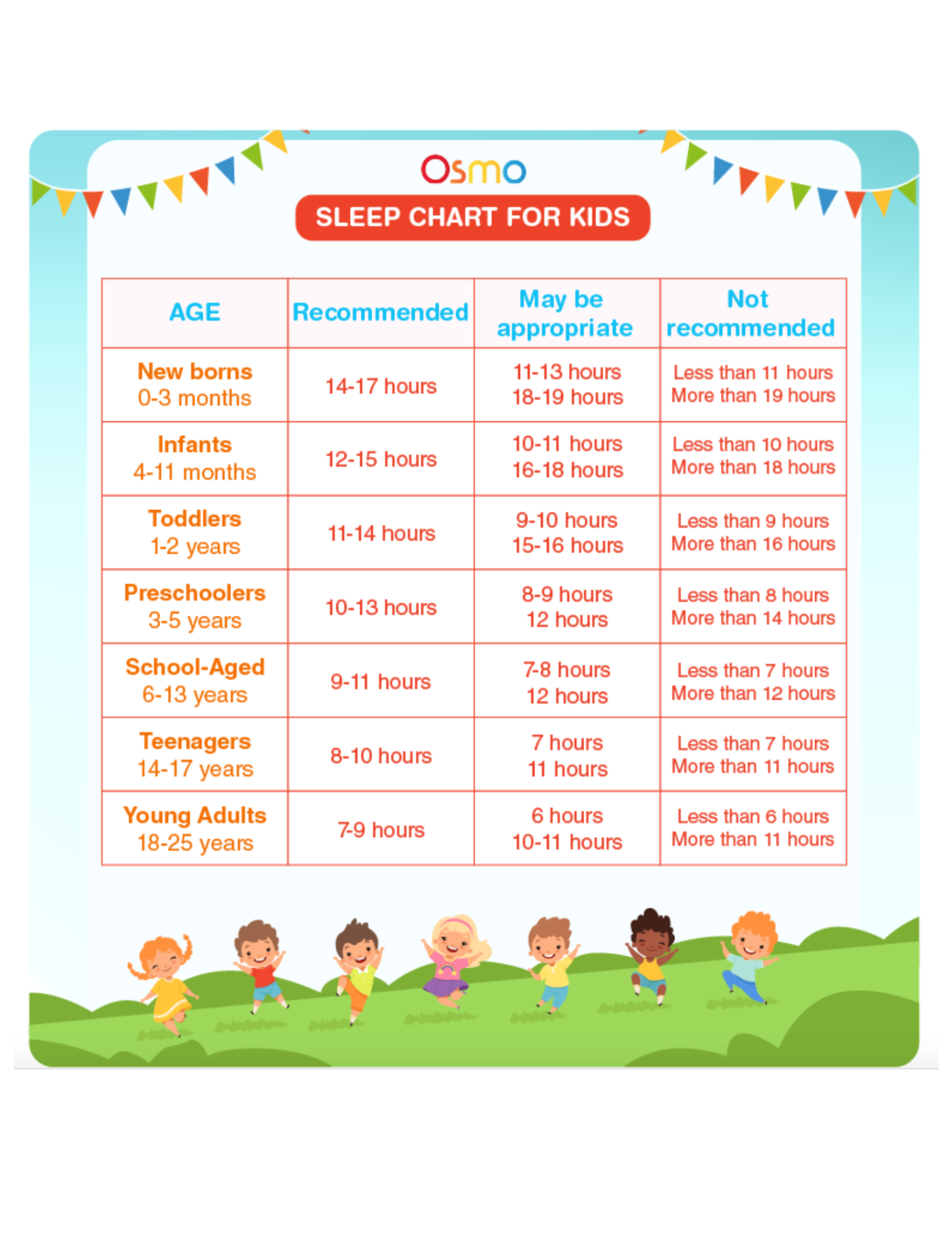Bedtime Routine Tips & Tricks
Do you have bedtime struggles with your child? If you are a parent, the answer is likely yes in some way. We know that sleep is crucial for your child’s overall health. As pediatric therapists, we love finding ways to help you and your family address your child’s goals throughout daily routines and activities..including bedtime!
On the blog today we’re sharing some bedtime tips and tricks from one of our occupational therapists (Sarah Grace), physical therapists ( Megan ) and speech language pathologists ( Jessica ) that may help!
Kids thrive off of structure, consistency, and predictability. Visual schedules might help break down the many bedtime tasks into smaller manageable steps. Checking off each step as they go can be rewarding as well! As you go through your bedtime routine, try giving simple clear directions and model language for your child (e.g., “time to brush our teeth. Let’s brush!”) Model action words as they complete steps. Below is an example of a night time visual schedule. Talk to your OT to make one individualized for you!
Social stories can help your little ones know exactly what’s expected of them. It can even make specific transitions such as crib to big kid bed a little easier, or help prep your child if bedtime will be different in some way (e.g., being put to bed by grandparents or other caregiver). Want to know more about this? See our most recent post on Social Stories here!
Using a positive reward chart (ex. a sticker placed for every night your child stays in his or her own bed) might also help your child stay motivated during the bedtime routine. Many kids are extremely motivated by rewards and many aren't, and that’s okay too!
Sound machines and black out curtains might help our light sleepers. Research states the ideal sleep temperature is also between 65-72 degrees Fahrenheit with light clothing. It might also help to have a safe/security object like a stuffed animal or blanket for comfort. It’s important to only use the bed for sleep as opposed to sleep and play so kids recognize the distinction. Setting limits to electronics (no TV at least 1 hour before bed) will also help.
If your child’s nervous system isn’t regulated, it will be nearly impossible to sleep. Our goal should be to meet individual sensory needs first, and then lower arousal levels.
Large gross motor heavy work movement activities may be beneficial around 2 hours before bed. Examples include jumping, running, squats, picking up heavy things and climbing.
Provide your child with language to help them communicate what they need! Calling attention to emotions and energy levels can help your child learn to identify what they feel and ask for what they need. (e.g., ‘wow you seem like you have a lot of energy right now! What can we do to help calm our body down?’) For example, one of us has an energetic 4-year-old who is learning when to ask for ‘squeezes’ before bedtime.
Reading to your child before bedtime can help create a natural way to wind down at the end of the bedtime routine. Reading is a wonderful way to boost your child’s vocabulary, and you can use early language strategies like modeling language instead of asking questions, labeling pictures and pairing with simple gestures (e.g., pointing, waving), and adding one word to everything they say. For example if you are reading and your child labels “dog,” you might respond with “big dog” or “brown dog,” or “look, dog!"
These are great strategies for our analytic language processors. If your child is a gestalt language processor, reach out to your SLP or tips and ways to model language!
Encouraging your child to pick their own books for bedtime is a great way for them to gain some independence in the bedtime routine.
If a child is under or over tired before bedtime, this can also make it more difficult to fall asleep. See chart below for recommended amount of sleep for each age:
Bed times can be stressful for everyone! It’s important to remember to keep yourself mentally and physically healthy first so you can then be the best version of yourself for your child. Try to give yourself enough time so you don’t rush the transition to bed. Breathe in through your nose and out through your mouth. Relax the muscles in your body, lower your voice, and move a little more slowly. Your child’s nervous system will pick up on this!
Remember, it’s hard for us as an un-regulated adult to help our children become regulated (as we well know).
Thank you Sarah Grace, Megan, & Jessica for contributing these tips! Let us know what works for you, or how we can help customize this for your child and family. We’re here to help!












